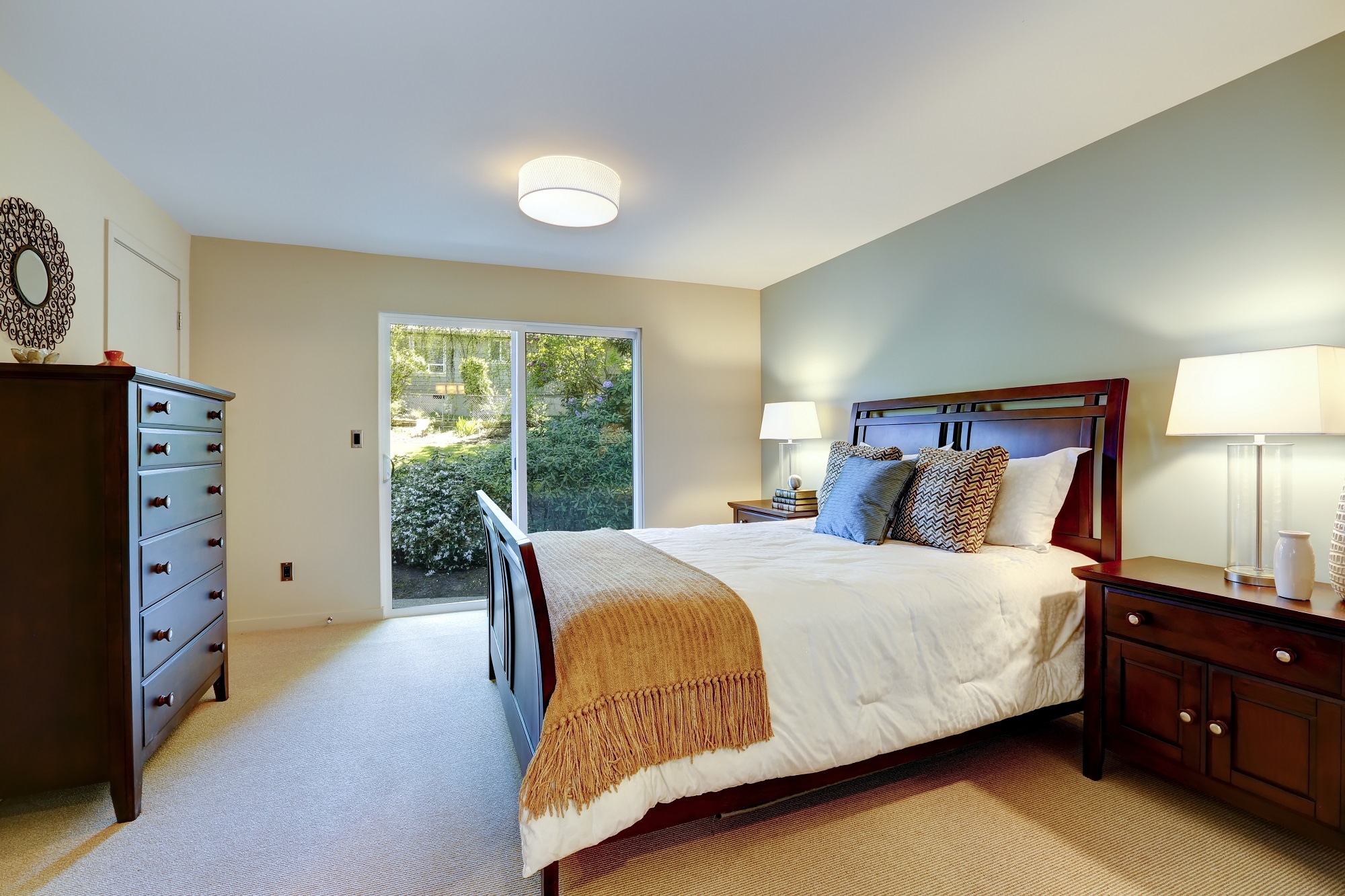Renovate to sell - Adding value or overcapitalising?
When it comes time to sell, many face the difficult to answer question – what should we do before putting the home on the market?
It is a challenge trying to work out what improvements will add value above and beyond the cost of the improvements. Will the buyers respond favourably upon the proposed improvements? What is it that buyers are looking for?
When it comes to preparing a property for the market, there is not one right answer on what works are appropriate. It is very much a case by case basis. However, it pays handsomely to be aware of some certain facts.
Investment or Cost
Once the decision to sell has been made, all money that you spend on the property should be treated as an investment. We all invest to make a profit, so any money that you put in to the property needs to become a profitable investment. Simple.
A good rule of thumb is to look for $1.50 in extra value on the property for every $1 dollar you invest.
Where it derails is when sellers invest $50,000 of works in to a property and the works end up adding $50,000 to the final sale price. In this instance, the $50,000 investment returned 0%. When you consider the time effort and energy in managing the works, the real return is more likely to be negative.
When it comes time to preparing a property for the market, many sellers simply raise the cost of the house by spending $1 to get $1 extra on the sale price.
To spend $30,000 on a new kitchen that adds $30,000 to the final selling price may not be worth the time, effort and risk. It may make you feel better about selling your property for more, but did it really make the sale more profitable?
Ask yourself, are the proposed works an investment in the property or a cost?
What do buyers want?
Another trick with renovating for the market is anticipating what buyers want. Again, there is not one right answer. Beauty is in the eye of the beholder. What attracts one buyer will repel another.
Many sellers have made the mistake of renovating a kitchen or bathroom in the wrong place or style or standard. Buyers then feel as though they are paying for a feature that needs to be replaced. This in turn causes the buyer to decline the property altogether or make a lower offer to compensate for the replacement works. This potentially makes the renovations a total write off.
A common example is when the bathroom at the back of the house is renovated. Buyer preference is for open plan at the rear of the property. If you renovate a bathroom at the rear of the property, the brand new bathroom can be a major turn-off to buyers.
In this instance, the buyers would have been more interested if the original un-renovated bathroom was in place and the sale price was lower by the same cost as the new bathroom. Then the buyer does not feel as though they are paying for a misplaced bathroom.
One of the keys when deciding upon works is to renovate towards what buyers want, not what you like.
It pays to speak with a few people for ideas on what works are prudent and necessary before going on the market. Interior decorators, stylists and estate agents can all offer valuable insights on what will benefit the sale and what won’t. Just remember, increasing the sale price does not mean increasing the profit.
When to spend
There are many times and situations where spending money on a property can create a profitable outcome for the sellers. The main reason being that buyers tend to overestimate the true costs of works and renovations. A buyer is likely to subtract $20,000 in their mind for works that could costs as little as $5000.
At the very least, always put a property on the market in the neatest, cleanest and maintained condition that you can. It is common for investment properties to be sold in less than ideal condition. Buyers simply overestimate the cost of getting the property up to standard, potentially leaving the seller out of pocket.
For a reasonable amount, a good handyman can do wonders for your property prior to the sale campaign commencing.
Also be wary of blind works. If a buyer cannot see the issues a building inspector raises, they are likely to overestimate the true costs.
During the crucial negotiations stages, buyers are particularly nervous around roof issues, sub-floor issues and access, rising damp, termite risk and plumbing. The building inspector is being paid by the purchaser for a report on these areas of the property. They are blind areas that a purchaser is unlikely to access, relying on the inspector’s report instead. If the report comes back negatively, it can hamper the seller’s negotiation position. It is usually better to address issues upfront than get walloped during negotiations on something that is simple to fix.
There is no great science in working out what works are worthwhile before going on the market. Take your time and let commonsense guide you with a good sprinkling of opinion from trusted advisers.

